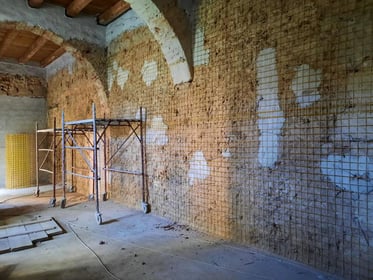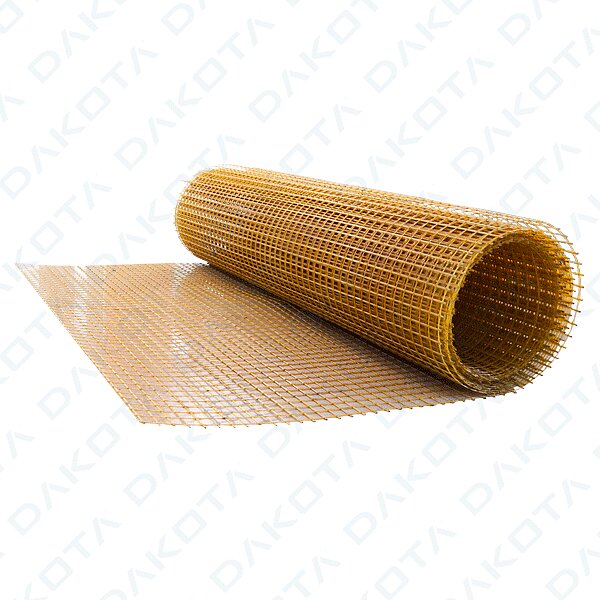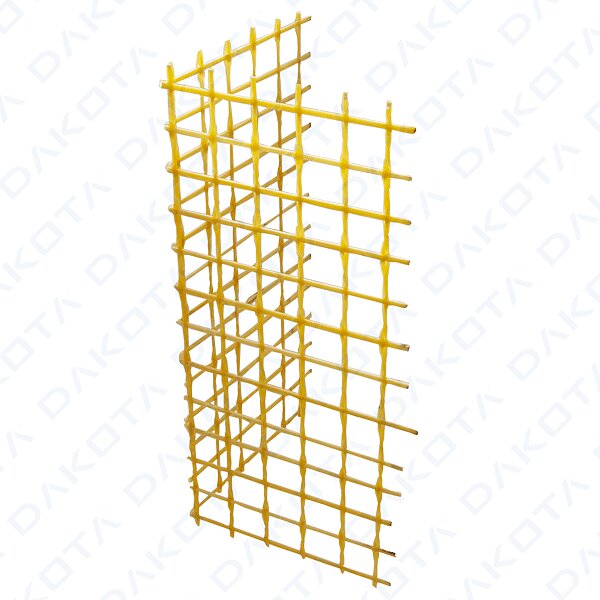Structural Reinforcement by Dakota
The application of specialized systems and products is required when strengthening the structure of buildings and in the general field of construction. Some of these highly performant specialized systems are made of fiber reinforced polymers (FRP), designed specifically to guarantee the structural integrity of the building. These materials extend the life cycle of a building while ensuring higher safety standards.
Structural Consolidation and Reinforcement

Structural Reinforcement with CRM Reinforced Plaster.
Structural Reinforcement is essential to preserve and consolidate buildings, especially historic ones, ensuring their stability and safety over time. Reinforced Plaster CRM represents one of the most advanced and effective methodologies for structural reinforcement, thanks in part to the use of innovative and high-performance materials such as Fiber Reinforced Polymer (FRP).
Reinforced Plaster CRM is a similar intervention technique to traditional plastering, but with the great advantage of exploiting advances in the field of composite materials. Nets, corner elements, and connectors, in fact, are made of FRP, a material known for its high tensile strength and inoxidizability. The use of lime-based mortars ensures a perfect match between the reinforcement system and the building's original structure, even in cases of constrained buildings.
The CRM technique is extremely versatile and can be used for the reinforcement of press-flexion and shear wall males, the reinforcement of arches, vaults and domes, and the confinement of columns. Thanks to these features, systems for CRM are the ideal solution for preserving historic building heritage and ensuring the safety of modern construction.
PROMETHEUS HT is Dakota Group's structural reinforcement system for reinforced plastering according to the CRM technique. With PROMETHEUS HT, you can count on a state-of-the-art structural reinforcement system that can guarantee high mechanical performance and durability, improving the characteristics of the buildings being constructed.
Consult the various product sheets now to learn more about the individual features and benefits of Structural Reinforcement with CRM Reinforced Plaster and discover how PROMETHEUS HT can contribute to the consolidation and reinforcement of buildings. Rely on the experience and expertise of our technicians and choose the most suitable and effective solution for Structural Reinforcement: reinforced plaster CRM from Dakota Group.
Featured Product
Learn More
Anti-Collapse and Anti-Toppling
Anti-deflection and anti-tilting are two key terms for anyone involved in construction or those simply interested in the structural safety of buildings. These two interventions are key to improving the seismic behavior of infills, partitions, and floors, preventing cracking, collapse, and tilting.
But what does anti-collapse and anti-toppling mean in the context of construction?
In simple words, anti-deflection is a safety precaution to be made at the soffit of late concrete slabs to prevent falling as a result of the failure of non-structural elements such as brick piñatas or portions of plaster in late concrete slabs. The term is derived from "fondello," which is the brick element found at the bottom of some types of joists.
This means that, in the event of an earthquake or other stressful situation, property and people will be protected from a potential risk due to the collapse of material from the slab. The intervention consists of the application of a fiber mesh to the soffit soffit soffit properly connected with connectors to the joists.
Antilifting, on the other hand, is a specific intervention to prevent the overturning of infill and partitions. These elements can give way as a result of ground movements or external stresses, endangering the integrity of the building and the safety of the people inside.
The technique used for these structural consolidation interventions involves the use of fiberglass nets and special connectors to be applied to the surfaces. These improve the degree of bonding with the load-bearing structure and prevent brittle failure of non-load-bearing elements.
Dakota, an expert in the field, offers a wide range of fiberglass nets and different types of connectors, as well as accessories, designed for a variety of uses. This allows you to choose the most suitable product for your project needs, while always ensuring maximum safety.
In conclusion, anti-skidding and anti-liftoff are two fundamental interventions for building safety.
If you need more information, Dakota is always available to offer appropriate technical advice to find the best solution for you.










